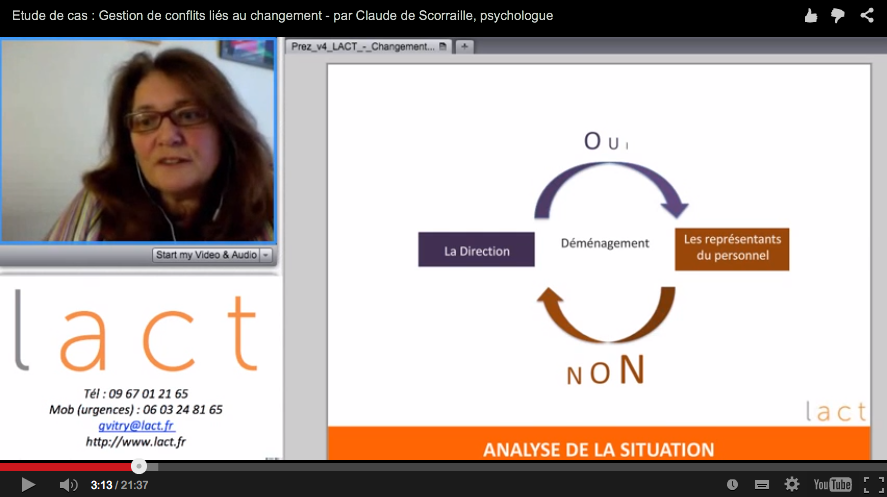 Faced with the obligations of results that weigh on the employer in terms of preventing psychosocial risks, what are the first steps for an HR department to develop and implement its PSR system? How to act effectively in a pragmatic and targeted manner with all prevention players within the company?
Faced with the obligations of results that weigh on the employer in terms of preventing psychosocial risks, what are the first steps for an HR department to develop and implement its PSR system? How to act effectively in a pragmatic and targeted manner with all prevention players within the company?
The context of our intervention
In a context of strategic support from a steering committee, we are going to see how we can go from a specific case by definition very specific, from a specific difficulty, in a given environment and at a given time, enter into a logic of more global psychosocial risk prevention.
Our intervention takes place in a hospital group made up of several hospitals, at a time when cost reduction is the major concern.
We are interested in Martine , biologist, 43 years old; she works in a lab within a team demotivated by the lack of communication and recognition. She is part of the steering committee.
She knows that her lab will merge with another site, that a new analysis department will be created and that there will also be a new direction. But she also knows that her team is not moving; the other team will join his.
She clearly says that this perspective is rather interesting professionally speaking because she will have to use new materials and perform new tasks. She will therefore learn and she is open to such learning.
What is experienced less positively is the information given by the new head of department that only 1 post will be created to absorb the increased activity instead of the 2.5 posts deemed necessary.
The team and Martine of course then ask the hierarchy questions about the conditions of this rapprochement, both human and material. The head of service in charge of the merger replies that he does not know.
The HRD formulates the same answer. Even the mobility team has no information to share.
It was then that the already numerous work stoppages multiplied. One member of the team even asks for mobility.
Martine ends up saying to herself that she too is anxious.
The situation assessment method
What we do first is to formalize the situation in an interactional way:
- Who does what ?
- Whose ?
- When ?
- Or ?
- With what consequences?
- For who ?
- How is this a problem?
- For who ?
If the situation did not find a solution, what would be the impact on:
- The health of the individual(s) concerned
- Collective
- The results of the work
Is it a risk:
- Weak, serious, serious, very serious
- Primary, secondary, tertiary
What are the actions to be implemented:
- Individually
- Collectively
What first minimum improvement objective should be set?
From the particular case to the general case
From this case, we within the steering committee sought to find out whether other centers in the hospital or other hospitals in the group had not experienced comparable situations.
And we identified 3 cases related to mergers that had caused problems:
- Case 1 : the announcement and the merger are effective
- Case 2 : the merger created conflicts between the two stakeholders, there was internal violence, stress and no managerial regulation
- Case 3 : the merger has also generated conflicts that have not been resolved, has led to mass departures, internal violence, the return of teams to their initial entity, a loss of skills.
A link between these different cases? :
- a real deficiency management of change management
- a lack of managerial regulation
- no support on the “business” dimension